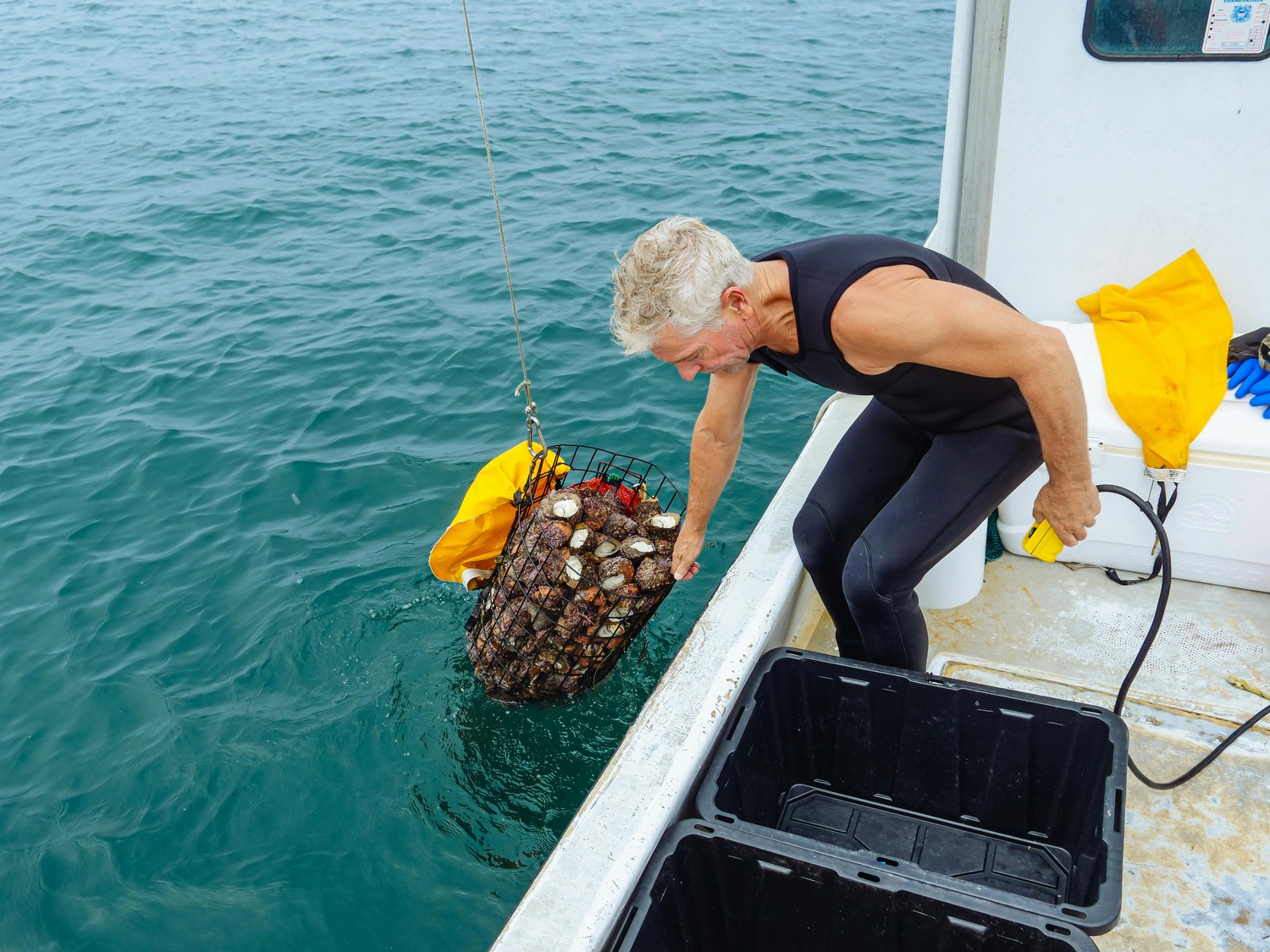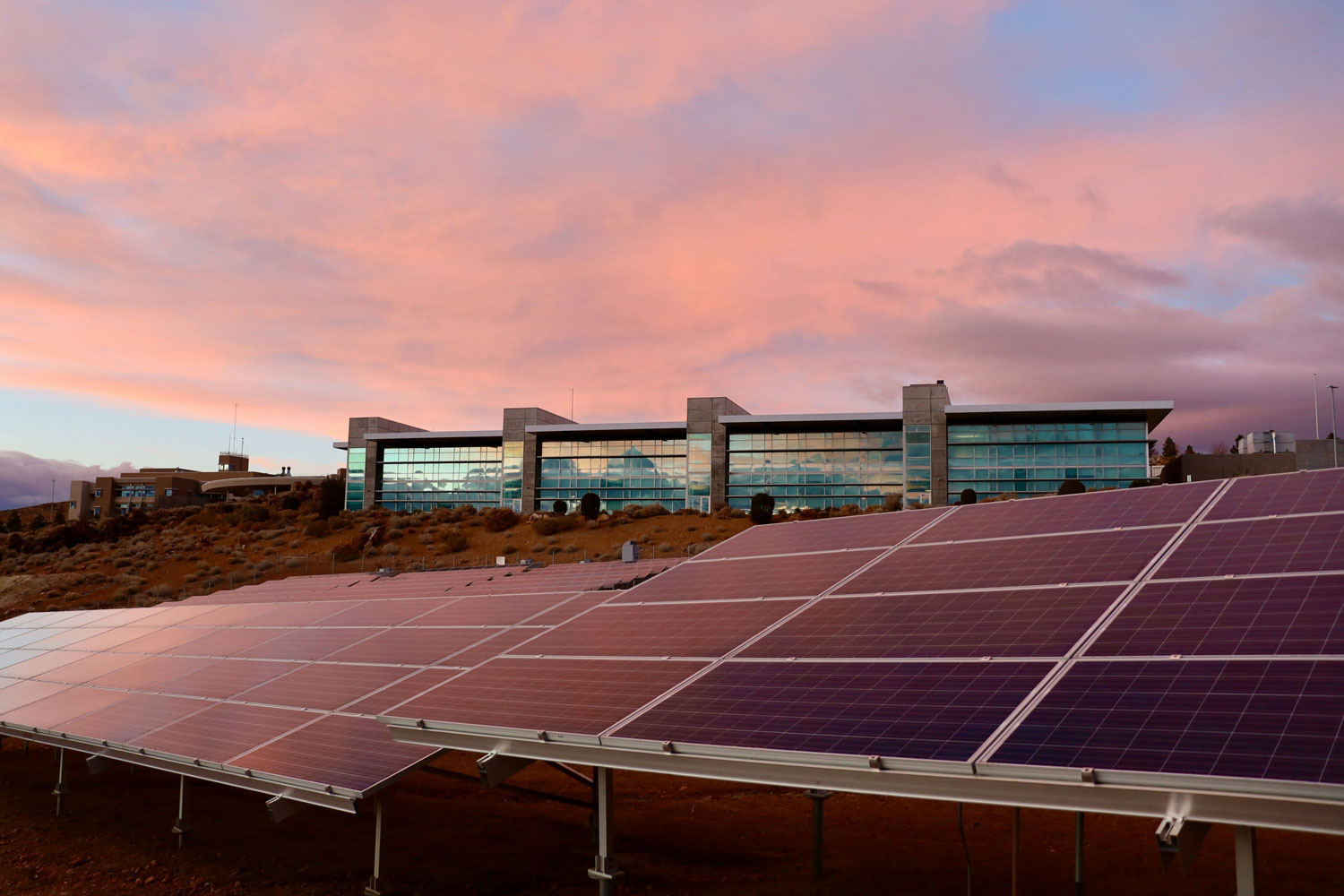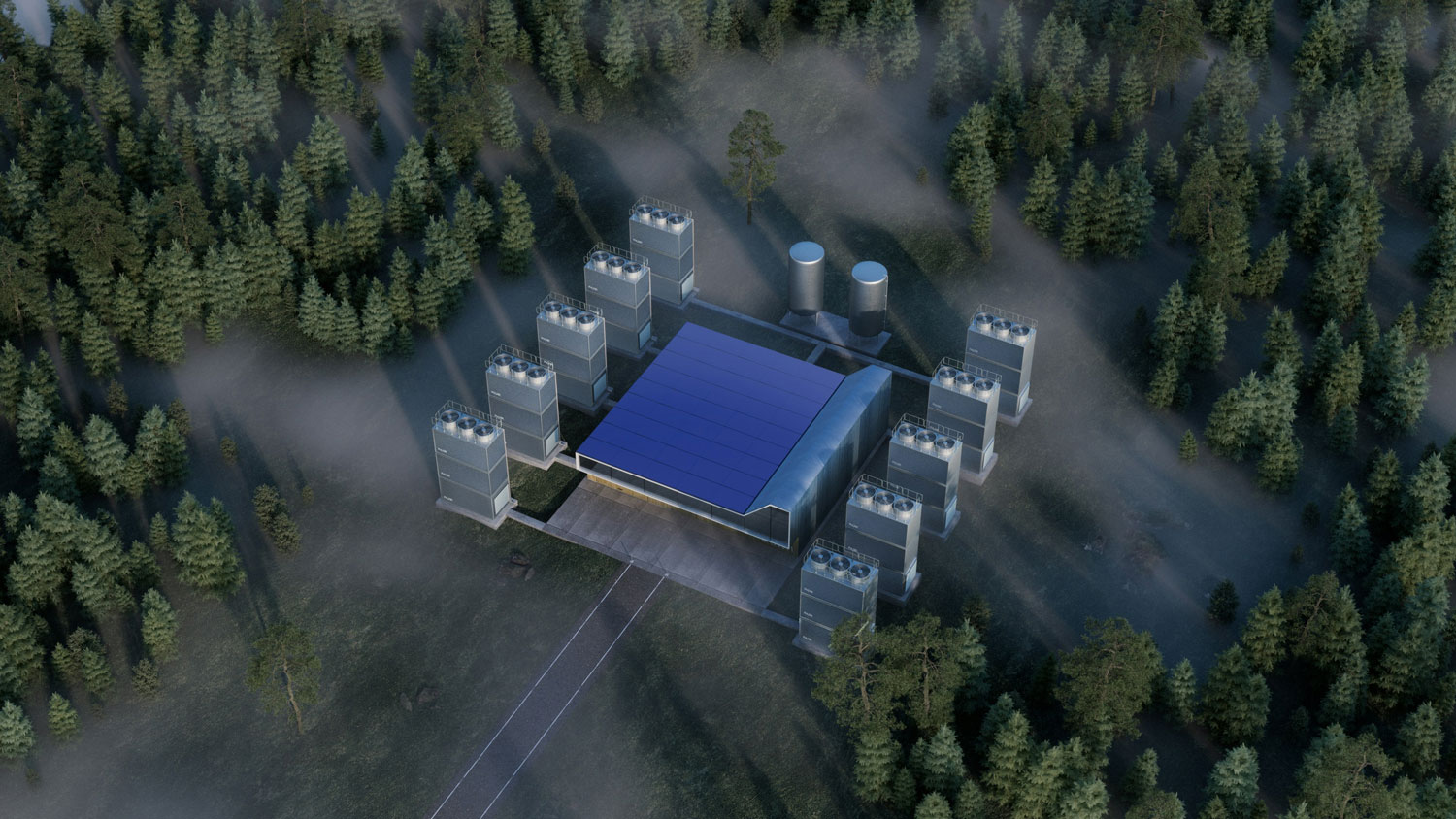Exclusive
 What Does Science and ESG Hold in Trump 2.0?
What Does Science and ESG Hold in Trump 2.0?
 Nature-Based Solutions: Balancing Promise and Limitations in Climate Action
Nature-Based Solutions: Balancing Promise and Limitations in Climate Action
 Crafting Eco-Friendly Strategies for Niche Enterprises
Crafting Eco-Friendly Strategies for Niche Enterprises
 U.S. Companies Roll Back ESG Commitments
U.S. Companies Roll Back ESG Commitments
 How New Rules Are Making Greenwashing a Thing of the Past
How New Rules Are Making Greenwashing a Thing of the Past
 Why Scope 3 is the Real Test of Corporate Climate Commitment
Why Scope 3 is the Real Test of Corporate Climate Commitment
 Water Sustainability in 2025 – Digitalization, AI, and the Rise of Smart Water Systems
Water Sustainability in 2025 – Digitalization, AI, and the Rise of Smart Water Systems
 From Pledges to Practice: Building Coherent and Reliable Climate Policy
From Pledges to Practice: Building Coherent and Reliable Climate Policy
.jpeg) The Role of Circular Economy in Waste Management
The Role of Circular Economy in Waste Management
 Small Steps, Big Wins: The Power of Everyday Sustainability
Small Steps, Big Wins: The Power of Everyday Sustainability
 Zero Waste at Home: Practical Tips for a Greener Lifestyle
Zero Waste at Home: Practical Tips for a Greener Lifestyle
 India’s Green Hydrogen Mission – Pioneering a Low-Carbon Future
India’s Green Hydrogen Mission – Pioneering a Low-Carbon Future
.jpg) Urban Resilience – How Nature-Based Solutions Are Transforming Cities
Urban Resilience – How Nature-Based Solutions Are Transforming Cities
 The ISO Net-Zero Standard – A Game Changer for Global Climate Action
The ISO Net-Zero Standard – A Game Changer for Global Climate Action
.jpg) Phasing Out Fossil Fuels— A Just Transition
Phasing Out Fossil Fuels— A Just Transition
 Life Cycle Assessment: The Key to Sustainable Decision-Making
Life Cycle Assessment: The Key to Sustainable Decision-Making
.jpg) Sustainable Menus— A Recipe for Environmental Responsibility
Sustainable Menus— A Recipe for Environmental Responsibility
.jpg) Green Hydrogen for a Sustainable Future
Green Hydrogen for a Sustainable Future
.jpg) Net Zero Made Simple— Everything You Need to Know
Net Zero Made Simple— Everything You Need to Know
 Regenerative Agriculture— Revitalizing Farms & Rebuilding Ecosystems
Regenerative Agriculture— Revitalizing Farms & Rebuilding Ecosystems
 Decarbonizing Transportation with Electric Vehicles and Beyond
Decarbonizing Transportation with Electric Vehicles and Beyond
 Reducing Consumption— Sustainable Practices at Home and Work
Reducing Consumption— Sustainable Practices at Home and Work
 Harnessing Power Through Sustainable Means
Harnessing Power Through Sustainable Means
 Decarbonization— The Path to a Low-Carbon Future
Decarbonization— The Path to a Low-Carbon Future
 The Path to a Sustainable World
The Path to a Sustainable World

Subscribers: 236
Advanced Carbon Removal Technologies: Technology to Capture CO₂

12 April 2025
523
Understanding Advanced Carbon Removal
As the urgency to combat climate change intensifies, advanced carbon removal technologies are emerging as pivotal solutions. Unlike traditional carbon capture methods— these innovative approaches actively remove CO₂ from the atmosphere— creating pathways for achieving net-zero emissions. These technologies range from Direct Air Capture (DAC) to soil-based and ocean-based solutions, each offering unique benefits and challenges.
Recent developments highlight the growing importance of these technologies. The global carbon dioxide removal (CDR) market, currently valued at approximately $2 billion— is projected to expand to $50 billion by 2030 and exceed $250 billion by 2035[1]. This growth is fueled by increasing corporate commitments to net-zero targets and advancements in engineered and natural removal approaches.
Key Technologies
1. Direct Air Capture (DAC):
This technology uses chemical processes to capture CO₂ directly from ambient air. Companies like Climeworks are scaling operations, reducing costs, and improving designs. DAC can remove up to 310 gigatons of CO₂ by 2100, provided it scales rapidly[2]. Current costs range from $200–900 per ton but are expected to drop significantly as technology matures.
2. Bioenergy with Carbon Capture and Storage (BECCS):
BECCS combines biomass energy production with carbon capture, resulting in net-negative emissions. It is poised for integration into systems like the EU Emissions Trading System (ETS) which plans pilot phases starting in 2025[3].
3. Soil Carbon Sequestration:
Next-generation soil carbon techniques such as: enhanced rock weathering, biochar application and microbial additives, promise higher permanence and efficacy than traditional regenerative practices. For instance— biochar can sequester 5–10 tons of CO₂ per acre— commanding a premium price in voluntary carbon markets[4].
4. Ocean-Based Solutions:
Ocean fertilization and seaweed farming enhance the ocean’s ability to absorb CO₂. These methods complement terrestrial approaches but require careful monitoring to avoid ecological disruptions.
Why Advanced Technologies Matter Now
The global climate crisis demands immediate action beyond emission reductions. Advanced carbon removal technologies offer scalable solutions that can help achieve significant emissions reductions while unlocking economic opportunities.
- Scalability: Technologies like DAC and BECCS have the potential to remove billions of tons of CO₂ annually.
- Complementary Role: Reducing emissions alone may not suffice; removal technologies act as a critical complement to mitigation efforts.
- Economic Growth: Investments in these technologies are projected to drive job creation and innovation in the green sector— with climate tech investments expected to reach $1.5–2 trillion by 2025.
Challenges and Considerations
Despite their promise, advanced carbon removal technologies face significant hurdles:
- High Costs: Many technologies remain expensive due to their experimental nature. For example: - DAC costs are high but expected to decline with scaling effects.
- Public Perception: Skepticism regarding safety and effectiveness persists among some communities.
- Long-Term Viability: Ensuring permanent storage of captured CO₂ is critical to prevent leakage back into the atmosphere.
Looking Ahead
The future of advanced carbon removal technologies is promising but requires collaboration among governments, businesses and researchers. Policy support through mechanisms like tax credits (e.g., US 45Q) and innovation funding from entities like the EU will be crucial for scaling these solutions[5].
By investing in these technologies now, we can take meaningful steps toward a sustainable future. Achieving net-zero emissions isn’t just about reducing our footprint—it’s about actively removing legacy carbon from our atmosphere.
[1] https://www.globenewswire.com/news-release/2025/02/19/3028948/28124/en/Carbon-Dioxide-Removal-CDR-Forecast-2025-2045-Technologies-Trends-and-Investment-Insights-Projections-Suggest-Market-Expansion-to-50-Billion-by-2030-and-Exceeding-250-Billion-by-20.html
[2] https://climeworks.com/direct-air-capture
[3] https://www.argusmedia.com/en/news-and-insights/latest-market-news/2208390-eu-ets-pilot-phase-for-beccs-daccs-in-2025-study
[4] https://www.bcg.com/publications/2024/unearthing-soils-carbon-removal-potential-in-agriculture
[5] https://www.argusmedia.com/en/news-and-insights/latest-market-news/2208390-eu-ets-pilot-phase-for-beccs-daccs-in-2025-study
Read Next
 Articles
Articles
Water Sustainability in 2025 – Tech, Policy & Crisis Management
.jpg) Blogs
Blogs
Sustainable Menus— A Recipe for Environmental Responsibility
 Blogs
Blogs
Small Steps, Big Wins: The Power of Everyday Sustainability
.jpg) Articles
Articles
Fast Fashion and Textile Waste – The Environmental Crisis We Can’t Ignore
 Articles
Articles
2025 – A Pivotal Year for Sustainable Development: Three Global Milestones to Watch
.jpg) Articles
Articles
Nature-Based Solutions in Urban Planning: Building Resilient Cities
Live Polls

.jpg)
Leave your opinion / comment here